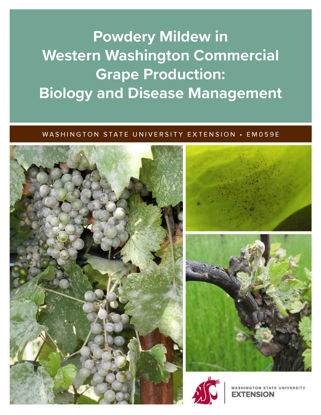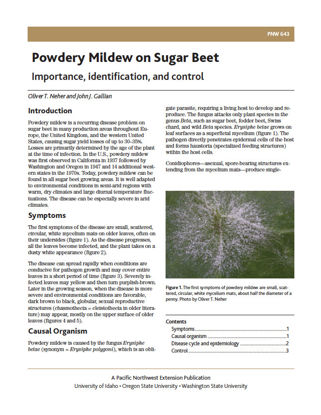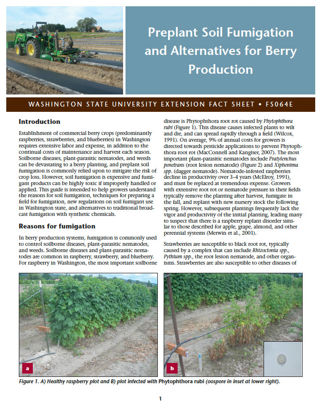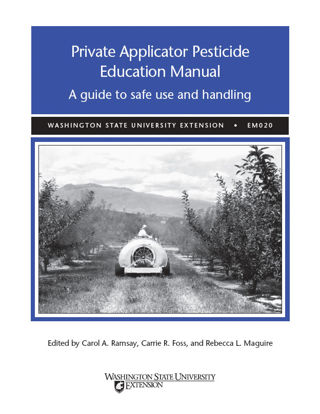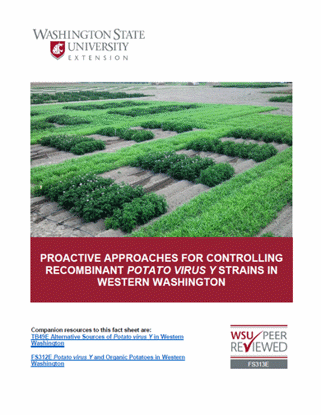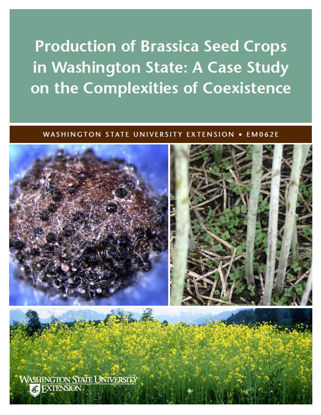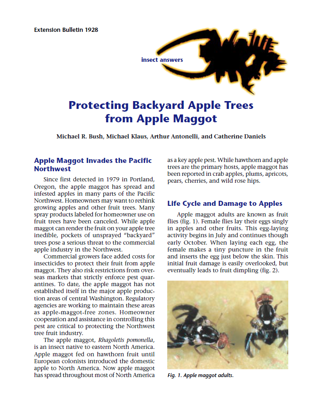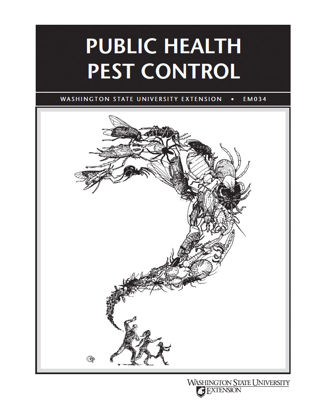You have no items in your shopping cart.
Pests, Plant Diseases, and Weeds
Pests and Plant Diseases
Powdery Mildew in Western Washington Commercial Grape Production: Biology and Disease Management
There are few plant diseases that have the same combination of international distribution and importance as grapevine powdery mildew (PM), which is present almost anywhere that susceptible grape varieties are grown.
$0.00
Powdery Mildew on Sugar Beet: Importance, Identification, and Control
Powdery mildew on sugar beets can be particularly severe in arid climates, causing sugar yield losses of up to 35%. This publication describes the pathogen, its symptoms, the disease cycle and epidemi ...
$0.00
Preplant Soil Fumigation and Alternatives for Berry Production
Washington berry growers often fumigate soil prior to planting to control soilborne diseases, plant-parasitic nematodes, and weeds. The US EPA is phasing in new regulations on many of the common soil ...
$0.00
Private Applicator Pesticide Education Manual
Covers federal and Washington State pesticide laws, pesticide formulations, label information, pesticide hazards and health concerns, safe use of pesticides to protect people, the environment, nont ...
$23.10
Proactive Approaches for Controlling Recombinant Strains of Potato virus Y in Western Washington
Recombinant strains of Potato virus Y (PVY) were detected in western Washington in 2012 and 2013: learn proactive measures that can be taken. ...
$0.00
Production of Brassica Seed Crops in Washington State: A Case Study on the Complexities of Coexistence
The purpose of this publication is to inform Brassica growers, industry members, university researchers, extension specialists, and extension educators about crucial aspects of the Brassica seed indus ...
$0.00
Protecting Honeybees Against Yellowjackets
Yellowjackets are usually beneficial because they kill many insect pests. However, some species, such as the western yellowjacket (Paravespula pennsylvanica), the common yellowjacket (P. ...
$0.00
Public Health Pest Control
Covers basic pest identification and biology information on insect and rodent pests that cause disease or discomfort in humans. Authors deal specifically with mosquitoes, flies, fleas, lice, bed bugs, cockroaches, wasps, yellowjackets, ticks, mites, spiders, and rodents. Pesticide application and equipment preparation are discussed at length. Specific examples walk you through calibration of different types of spray equipment, with attention to speed, nozzles, pressure, and spray width. This bulletin contains study information for the Public Health Pest Control exam administered by the Washington State Department of Agriculture. Text and illustrations.
$12.65

